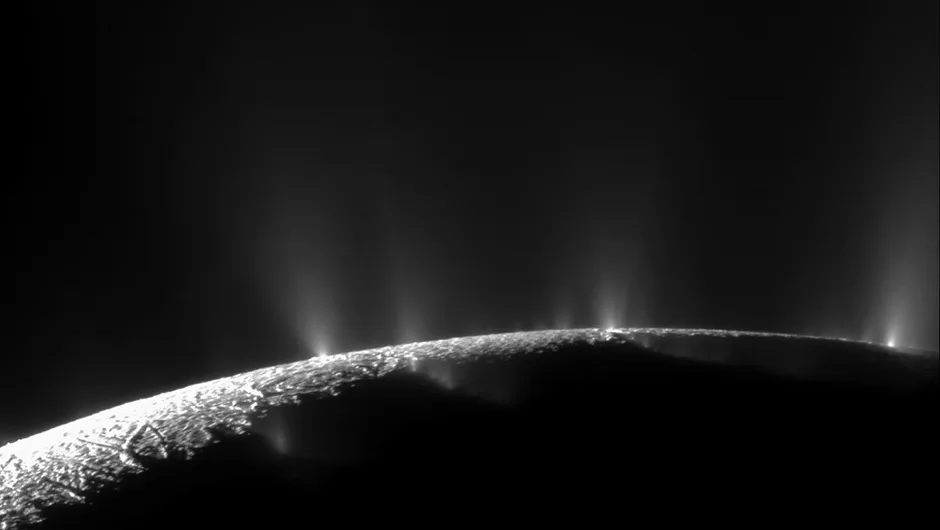Jupiter’s moon Europa, one of the planet's Galilean moons, is the latest candidate for life in the Solar System after scientists used old data to infer the presence of water vapour plumes bursting through its surface.
The Galileo spacecraft conducted a flyby of Europa in 1997, and this data has revealed evidence of the water plumes, just like the plumes on Saturn’s moon Enceladus.
When the Galileo data was collected and analysed at the time, it revealed a brief, localised bend in the magnetic field around Europa.
Newer, more sophisticated computer systems have revealed this ‘blip’ to be evidence of water plumes coming from the water reservoir below Europa’s surface.
This is because material in the plumes becomes ionised and creates an anomaly in the magnetic field.
The research was led by Xianzhe Jia, a space physicist at the University of Michigan.
“The data were there, but we needed sophisticated modeling to make sense of the observation,” Jia says.
Ultraviolet images captured by the Hubble Space Telescope in 2012 had also suggested the presence of plumes, but this latest research corroborates the findings.

During its mission, the Galileo spacecraft carried an instrument called the Plasma Wave Spectrometer that measures plasma waves caused by charged particles in gases around Europa’s atmosphere.
Looking again at this data, it also appears to support the theory of plumes on Europa.
“There now seem to be too many lines of evidence to dismiss plumes at Europa," says Robert Pappalardo, project scientist of the Europa Clipper mission, which will send a probe to study the moon unclose and could launch in 2022.
“This result makes the plumes seem to be much more real and, for me, is a tipping point. These are no longer uncertain blips on a faraway image."
The Europa Clipper spacecraft may fly through the plumes, just like the Cassini spacecraft did on Enceladus, and collect samples of the particles.
“If plumes exist, and we can directly sample what’s coming from the interior of Europa, then we can more easily get at whether Europa has the ingredients for life,” says Pappalardo.
